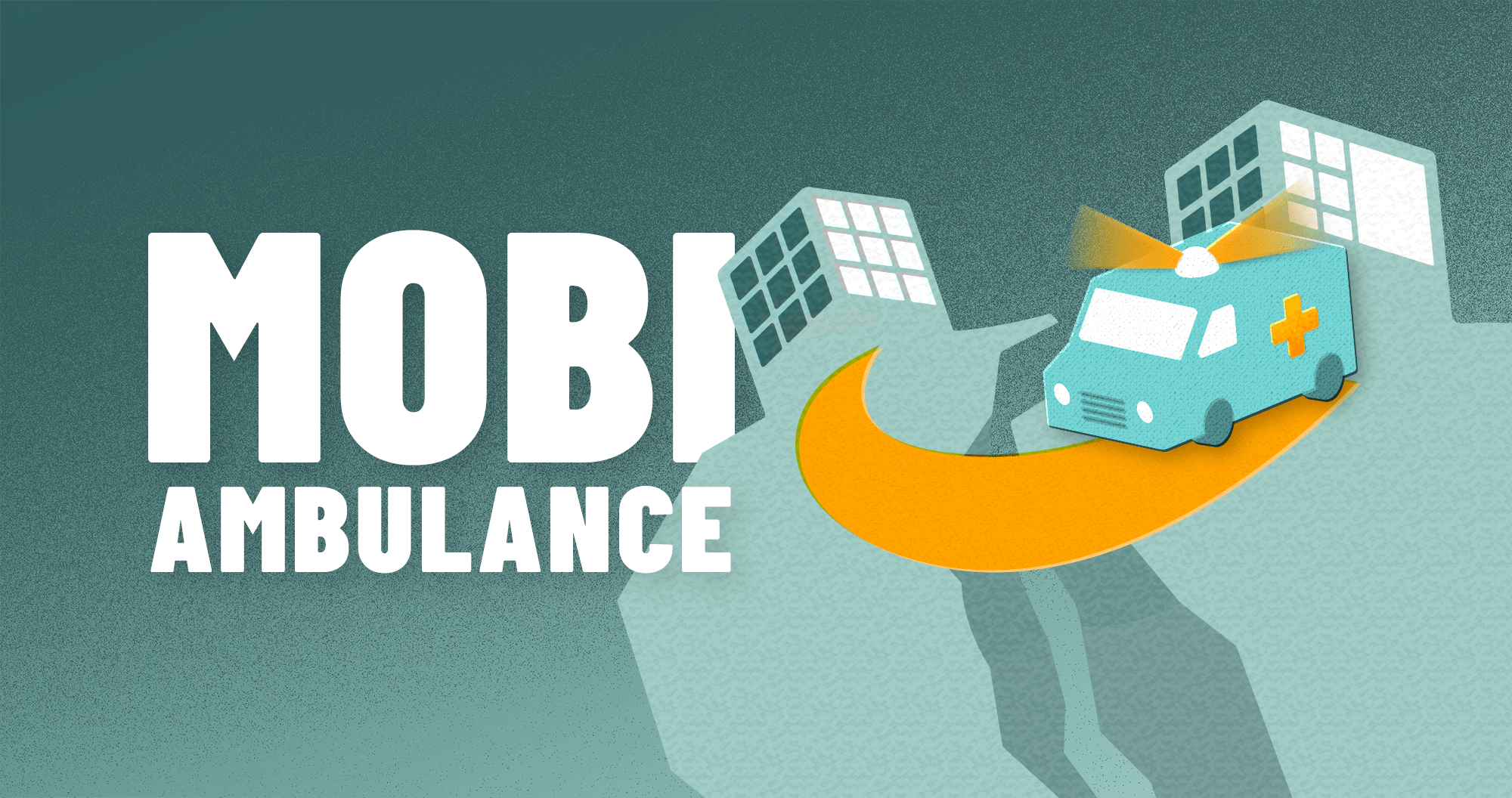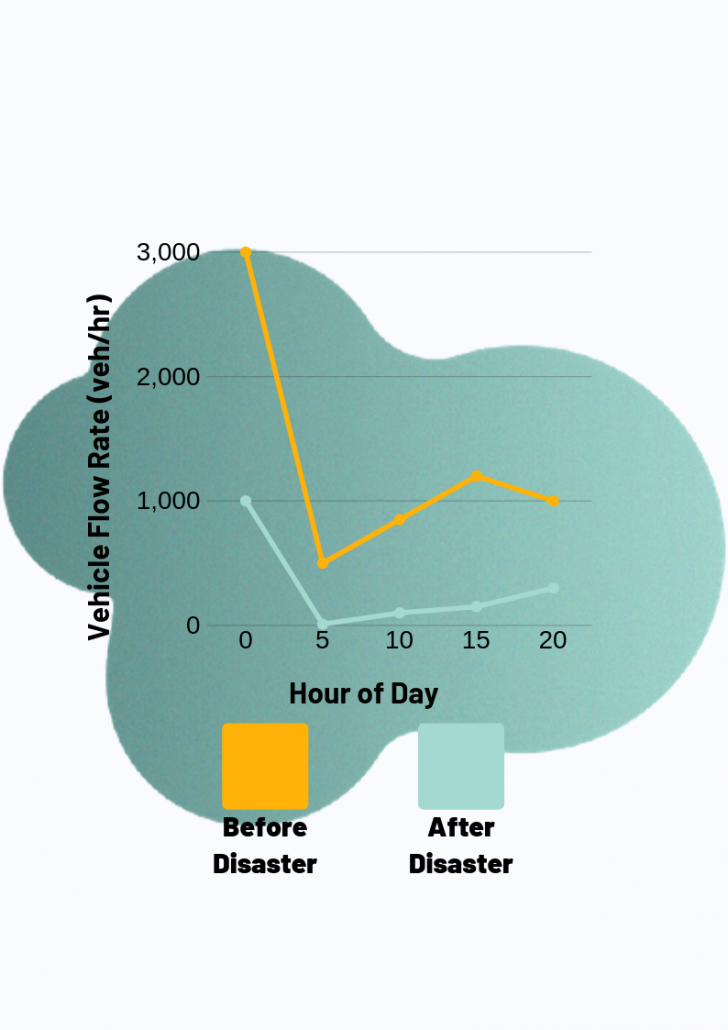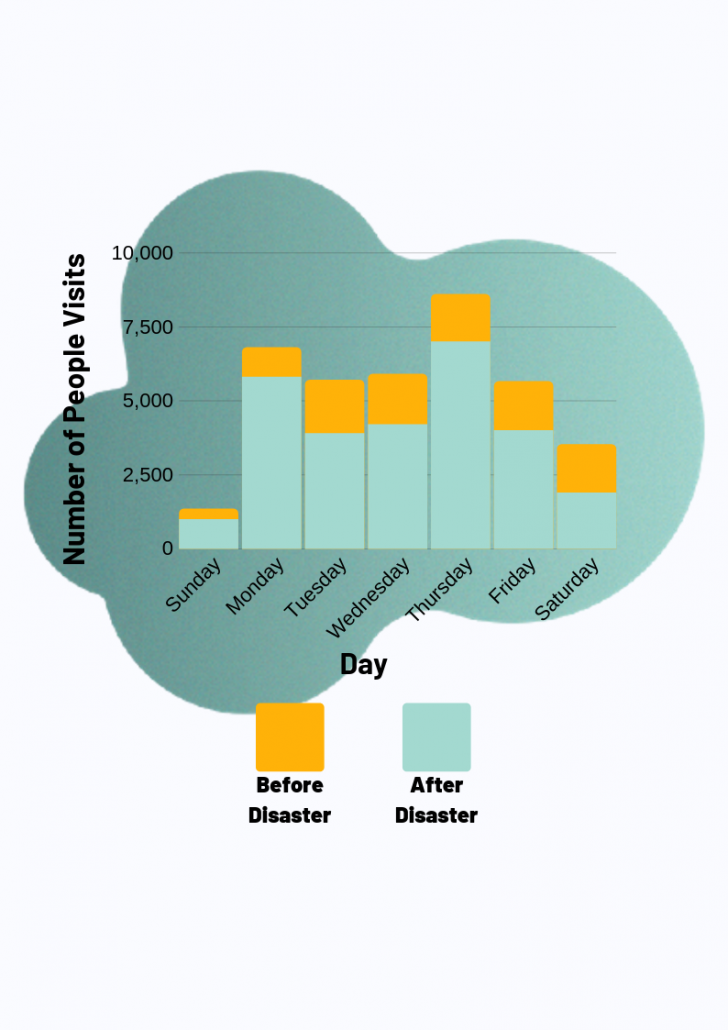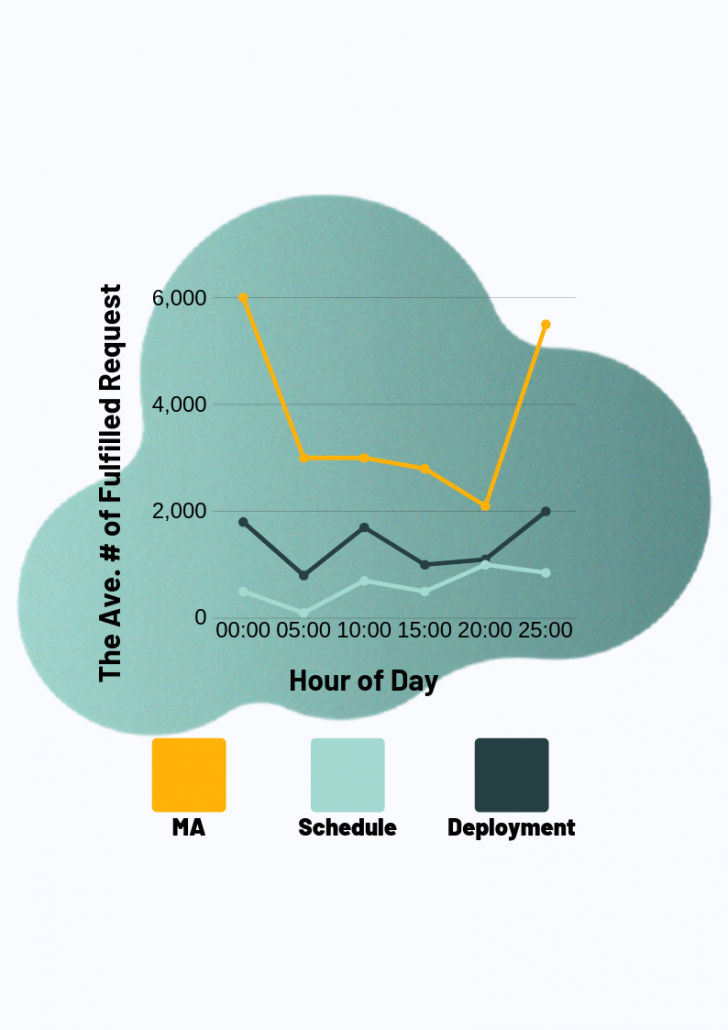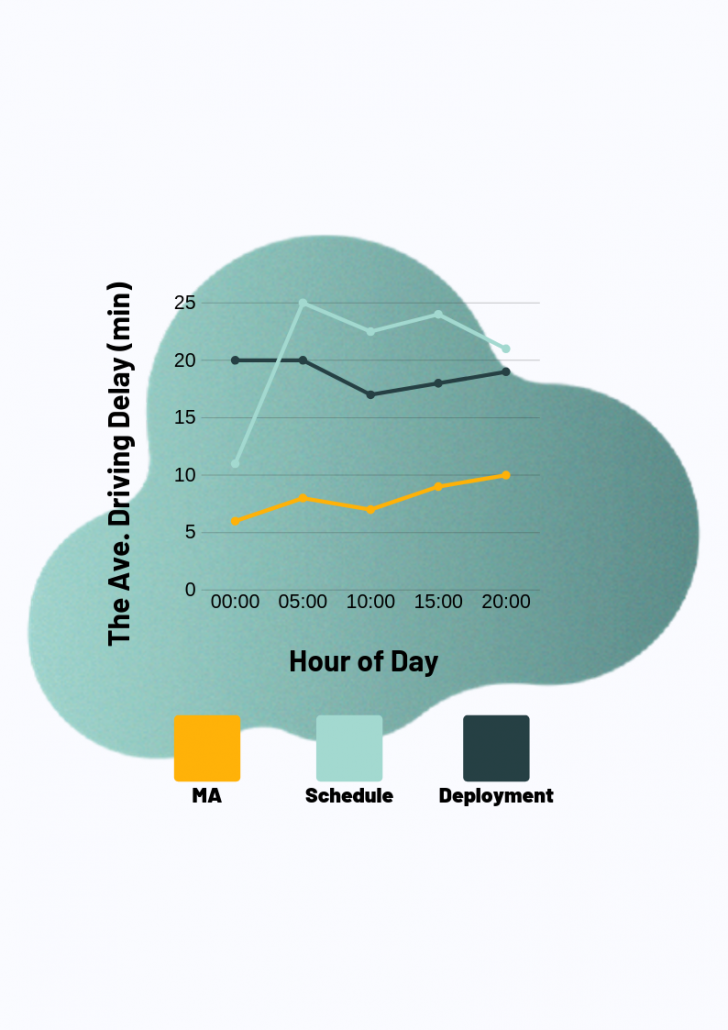Location Data In Action: MobiAmbulance.
Check out how X-Mode’s Data empowered academics to create a smarter, safer ambulance dispatch methodology!
By Joseph Green
Our location data can be used for a lot of different things, from targeted advertising to real estate site selection. But sometimes it’s the non-enterprise use cases that interest us the most. With our new Picket initiative, we provide free data to non-profits and research institutions who otherwise may not have access to it. Check out what researchers at William & Mary have been doing with our data, in our first ever Picket case study.
Professor Natasha Zhang Foutz at the University of Virginia, along with colleagues at UVA, Old Dominion University, and the College of William & Mary, teamed up with X-Mode and the city of Charlotte, North Carolina, to develop a smarter, more efficient way to dispatch ambulances during and after a disaster. The study by Professor Foutz et. al. is, to their knowledge, “the first work for ambulance dispatching under dynamic catastrophic conditions.”
The Problem:
The need for ambulances increases during and after a disaster in a major city — an earthquake, flood, fire, etc. — but common dispatch routes are also more likely to become clogged or even blocked during this time. If, during a disaster, there is a larger-than-average volume of patient pick-ups in one area, but the access roads to that area have been damaged, ambulance dispatchers may be unprepared to operate optimally.
The Solution:
Some improved dispatch methods for ambulances already exist, but they do not rely on human-mobility datasets currently available, and are not designed specifically for catastrophic conditions. Since the study’s research found significant shifts in both human distribution and road accessibility following a major catastrophe, clearly a new method was needed.
The best solution, based on the research by Professor Foutz et. al., was a dispatch system based on analysis of vehicle flow rate and human mobility following a disaster, based in part on data provided by X-Mode. With their insights from this data, the team created MobiAmbulance, their recommendation for a dispatch method following a disaster in the city of Charlotte.
The Results:
After developing MobiAmbulance (“MA” for short) Professor Foutz et. al. tested their system in simulations of a real catastrophe in Charlotte, evaluating their success based on the amount of patients picked up, and the average delay time. They found that, under experimental conditions, the MA system always picked up more patients with less delay than other dispatching systems.
Using X-Mode’s data, Professor Foutz et. al. were able to develop a novel system that, if implemented, has the potential to save lives in the wake of major disasters. This kind of solution demonstrates the power of location data, in particular high quality location data such as X-Mode’s. It also shows that data-driven solutions can be as innovative and as benevolent as the team developing them.
Who knew location data could do so much? X-Mode is excited to continue working with Professor Foutz and other researchers through the Picket initiative. If you think your non-profit organization or research institution could benefit from free access to our data, reach out to us at [email protected]. For any other questions, check out our Picket Page, or head over to our contact form today.



